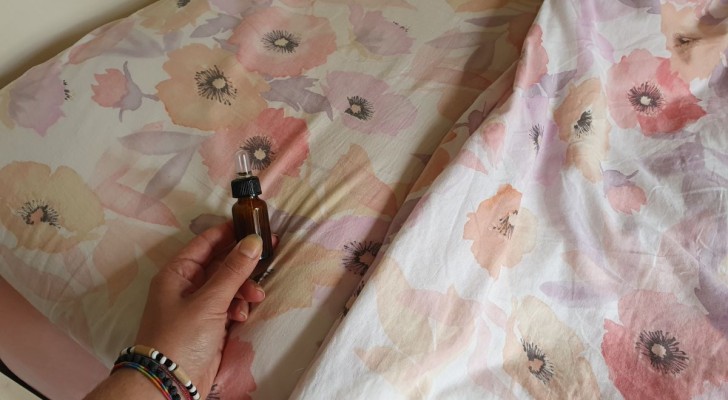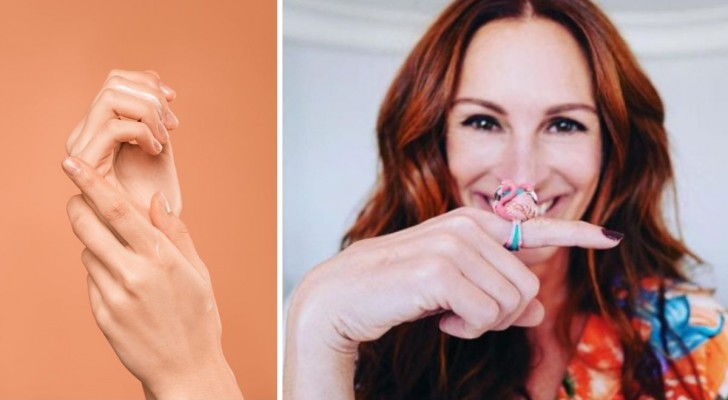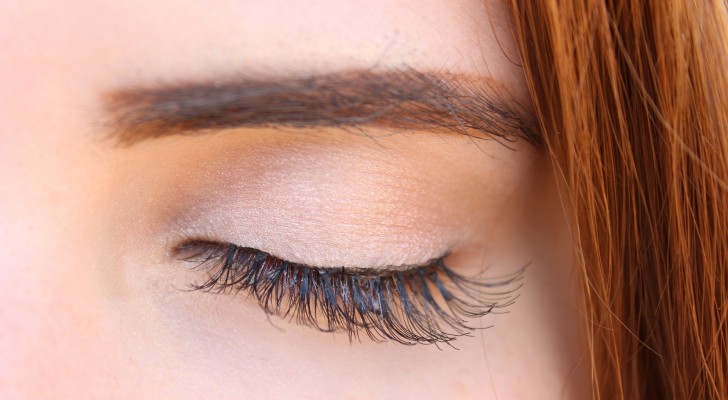10 useful tips to remember when buying your next pair of shoes

Every time you buy a new pair of shoes, you make a small investment in the future, so to speak. In short, we look for nice-looking shoes when we shop, but we must also take into account our well-being. So, it is important to be fastidious when we buy new shoes to ensure they meet all the important criteria.
But what are these criteria? There are many factors that influence the purchase of a pair of shoes, and 10 of these are described below:
What type of feet do you have?

It is important to know what your needs are. At a doctor's office or at therapy centres, it is possible to find out the type of foot you have: depending on the type, we speak of Greek, Egyptian, Roman, and more. One way to understand what type you have is to examine your footprints. These will tell you if your feet are flat or arched, if you put the weight on the outside or not, etc. These are all characteristics that come in handy when we shop for shoes - especially if the sales assistants know what they're doing.
Take your measurements
When you do not have precise information about your feet, you must at least know your size: length and width.
You can use a tape measure, and measure from the heel to the tip of the longest toe. And then to the side. Or you can draw the outline of your foot on paper and measure that. A quick method is to put your foot on the ground, with the heel up against a wall (or a piece of furniture) and mark the tip of the longest toe. Then, measure the distance to the mark from the wall. In this way, online purchases of footwear will be much easier!
Take account of feet swelling
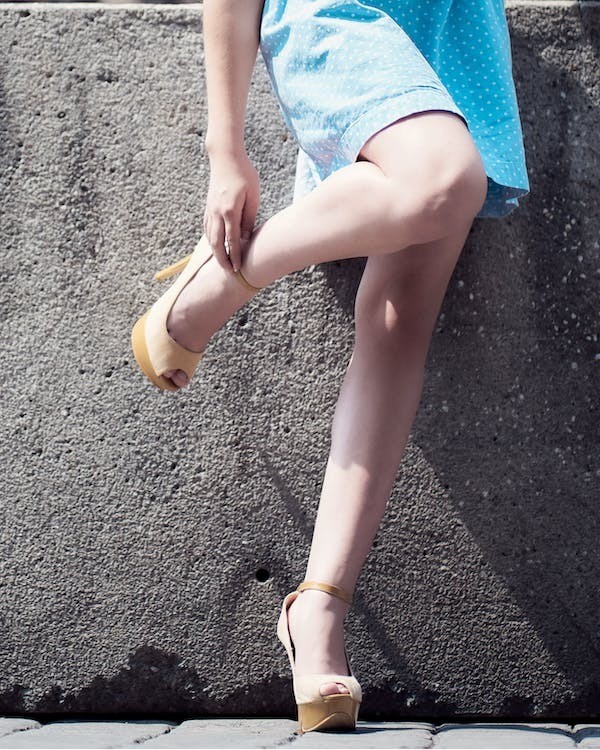
If you want to find shoes that fit perfectly, you should never buy ones that fit very snuggly, especially if you're shopping in the morning or when your feet have been at rest. Better to buy a size that that will be comfortable for your feet even when they swell during the course of the day (or after walking/running a lot).
Insoles to the rescue
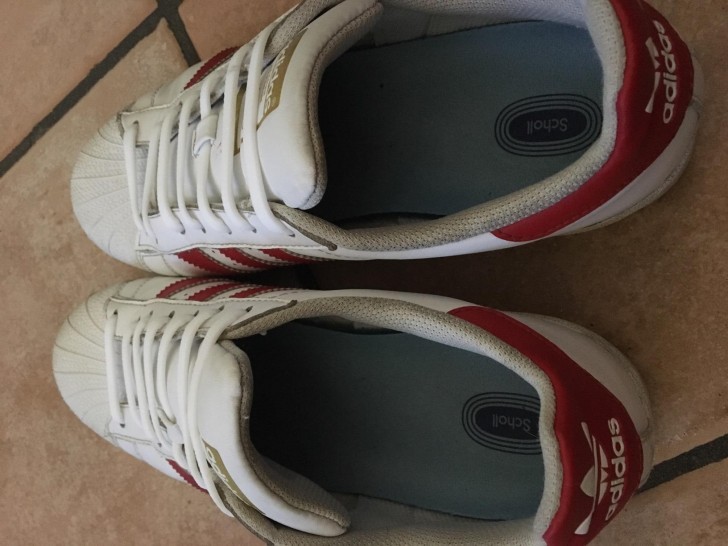
Insoles which are inserted into shoes are not only used in case of orthopedic problems, or as a corrective measure. Except in the case of truly ergonomic footwear (which is generally quite expensive), it is always a good idea to equip your shoes with quality, gel insoles to cushion your steps. It will be a pleasure to wear even cheap shoes by using insoles! Be careful, though: good insoles are generally thick, so it's best for the shoe to be slightly larger to allow extra room for them and your foot.
Changing shoes
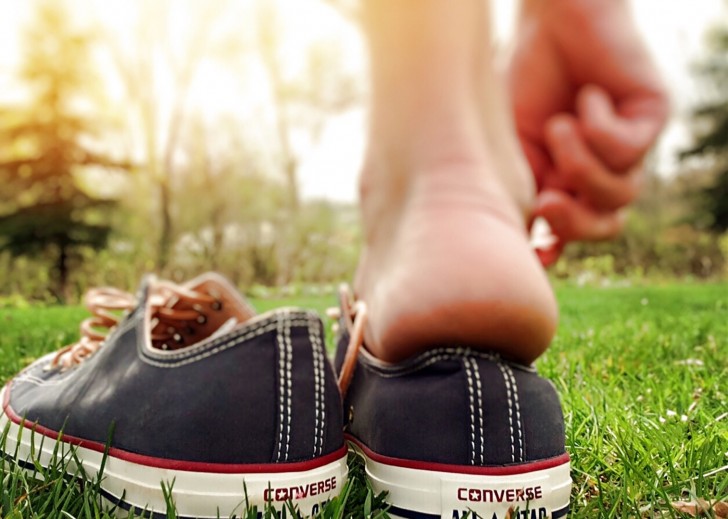
Wearing the same shoes continuously will wear them out quickly and lead to posture problems. Unless you're able to buy new shoes fairly often, rotate the footwear you use.
Check the soles

The soles of shoes are important primarily for ensuring proper grip. But some sole patterns can pick up stones and pebbles (and other debris), which can cause you discomfort.
Always try on both shoes
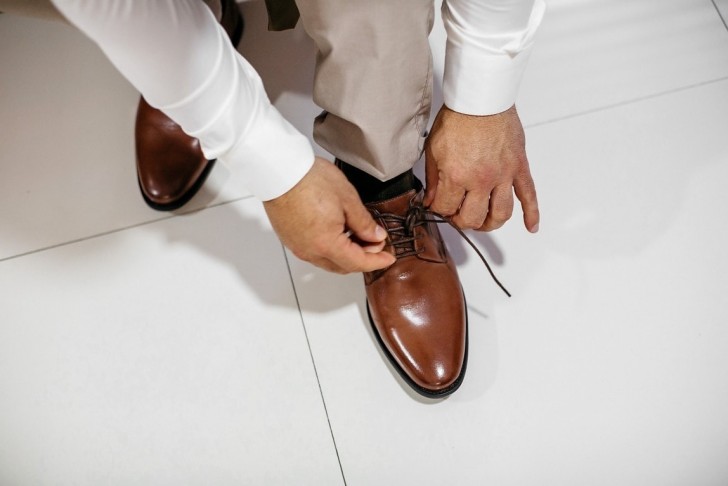
When you take your measurements, do it for both feet. And if you try out shoes in a shop, try them on both feet. This will ensure you buy the right pair.
Avoid narrow-sole shoes
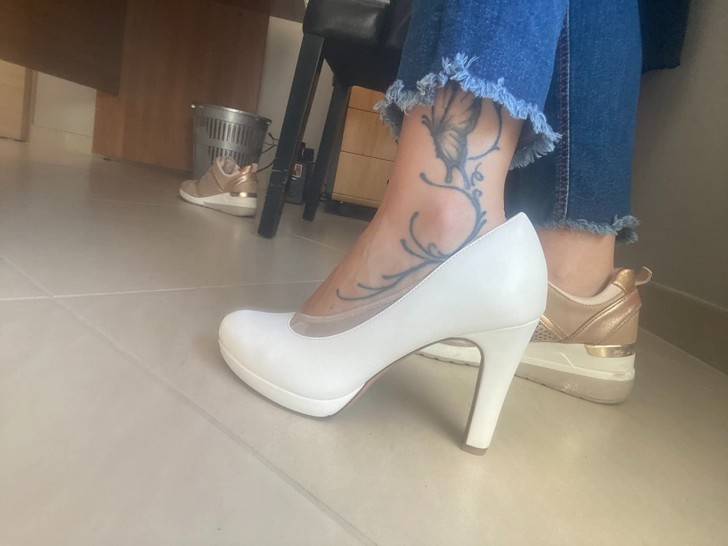
Upper soles (the part that runs along the entire foot), should be medium-thick and, in the case of flat shoes, quite flexible. For high heels, upper soles can be a bit stiffer, but not by too much.
Paying attention to this feature will ensure you get a better fit and a more comfortable shoe.
Don't keep your shoes on for too long
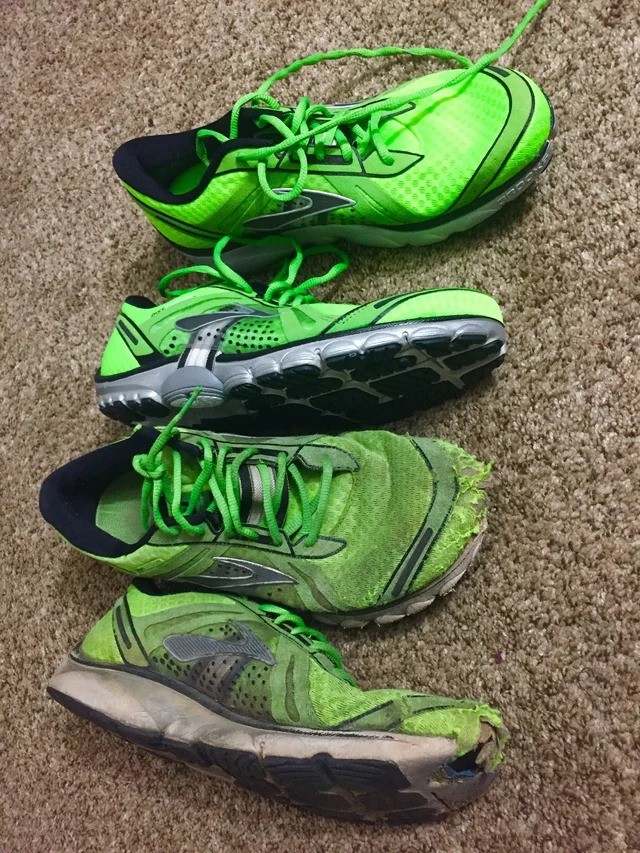
In the case of sports shoes, the use you will make of them must always be considered: if the use will be very frequent and intensive, their lifespans will be shorter. This knowledge will allow you to budget for buying new shoes more effectively.
Flip-flops are ok, but not when worn constantly
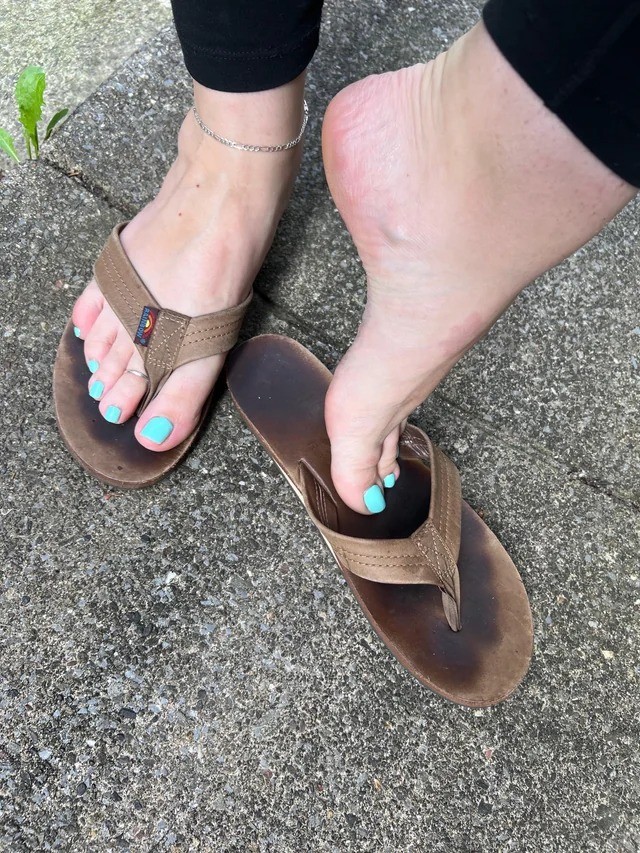
In summer, flip-flops are a must-have: comfortable at home or outside, flip-flops allow our feet to breath in the heat. However, it is advisable to switch wearing flip-flops with other types of footwear, because flip-flops tend to make us assume an incorrect posture.
Are you ready to find your next ideal pair of shoes?


